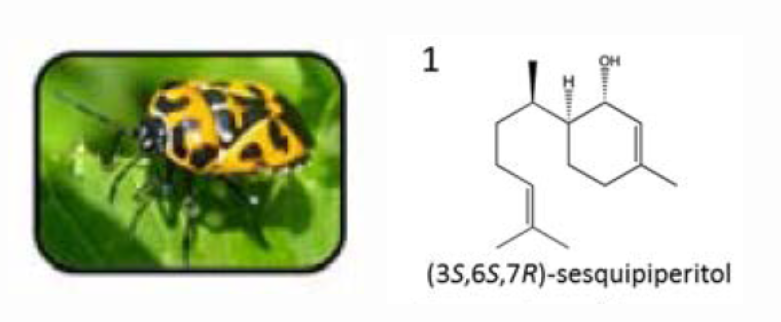THE CHALLENGE
In integrated pest management, synthetic pheromones are often deployed in traps or with trap crops to lure insects away from commercial crops. Currently these pheromones are chemically synthesized and applied to trap crops. This form of production has limited sustainability and there are difficulties with high yield production. Therefore, sustainable alternatives that can be produced at high yield could be very valuable in the pest management market.
OUR SOLUTION
Researchers at Virginia Tech have developed a novel method for biosynthesis production of stink bug pheromones. The invention can replace currently used chemical synthesis methods and is a more sustainable alternative that can achieve high yield production. The technique can be implemented for insect pheromones to be produced via enzymatic biosynthesis in microbial or plant systems. This enables the growth of pheromone producing trap crops for area-wide pest management strategies.

Figure: Harlequin bug and corresponding pheromone compound.
Main benefits include:
- No repeated application of pheromones
- Sustainable bio-production
- Applicable to area-wide pest management